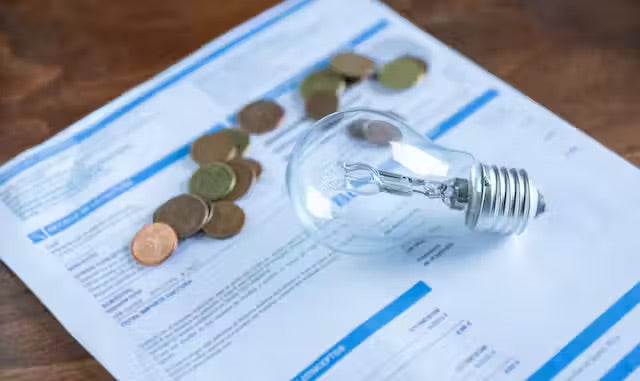
Small installation, big impact - how a plug & play solar kit can cut your power bill in half
In our daily conversations with customers, we often get asked if our plug & play solar kits are powerful enough to reduce a household’s power bill in a meaningful way. Customers are surprised to learn what a big impact a kit can have on reducing the power bill. Below we want to shed some light on how you can cut your household’s power bill in half with a kit of just 1 or 2 solar panels.
Understanding your power bill
To understand why a plug & play solar kit can have a big impact on your power bill, the first step is to understand your electricity consumption. Checking numerous customers’ power bills, we keep seeing how the consumption of the “always on” devices amounts to a significant part of total consumption. Imagine you have a fridge that consumes 100 W and a microwave that consumes 1.000 W. The fridge is on all 24h of the day, all the time. Throughout the day, that adds up to 2.400 Wh, or 2,4 kWh. The microwave is used for example 10 times throughout the day, but for just 3 minutes each time. Those 30 minutes consume just 500 Wh, or 0,5 kWh (½ of 1.000 Wh). The same applies for your washing machine, oven, dishwasher or coffee maker - they are all on for a short amount of time, creating relatively small amounts of electricity usage. At the same time, always on devices have a much bigger impact, since they consume 24/7.
There are other devices that you turn on for longer times at home and consume more electricity, like a TV, air conditioner or water heater. Like your fridge, these devices generate constant electricity consumption. But consider when you are home, and for how much time these devices are on during the day. If you go to work every day, for long hours during the day these devices should not consume any electricity.
Power companies often have a website where you can log yourself into your household’s account and analyze your consumption day by day, hour by hour. We recommend checking your household’s electricity consumption patterns to find out how much your “always on” consumption is throughout the day, to how much of your total consumption this amounts, and therefore how much you can save.
Taking the maximum advantage of the production of a plug & play solar kit
Once you see how your daytime consumption amounts to, and how much is generated by “always on” devices and how much by short term use of high-consumption devices, you can understand the impact of a plug & play solar kit. We see in conversation with customers that live in households of 1-2 people, that even a kit of just 1 panel (Performance 400) can have a big impact. Since the economics of a plug & play solar kit are becoming ever better, due to the constant decreases in the prices of solar components, we see that many customers opt for a bigger kit like our Robinsun Performance 800, and start moving some of their energy consumption into sunshine hours. Good examples are dishwashers and washing machines, devices that many customers run at night or on weekends when electricity prices are lower. If you have abundant solar energy during the day, and produce most if not all of the energy these devices need, you can run them for free and eliminate the need to buy the energy they use from the grid, further reducing your power bills.Another good cost reduction opportunity is a Performance 800 kit for households that use air conditioning for cooling in summer. Air conditioners use a lot of energy for longer time periods of the day, and a Performance 800 kit can eliminate all or a big part of that in sunshine hours, just when you need your AC. Matching you consumption with the peak production of your plug & play solar kit is the best way to maximize your power bill savings with a plug & play solar kit.
Conclusions
Analyzing your household’s power consumption will show you the true impact of the devices you use throughout the day. It is very likely that you will see “always on” devices generate a big part of your overall consumption. This is the best opportunity for your plug & play solar kit to eliminate grid power consumption. Additionally, you can move some of your electricity consumption to daytime, when the sun shines a lot, and use your plug & play kit’s surplus production for that, further cutting down grid energy consumption.
We will soon publish another article related to the use of solar batteries, that will give you further ideas on how to use your plug & play solar kit to constantly reduce your power bills. In the meantime, use our Savings Calculator to see how much you can save with a plug & play solar kit.

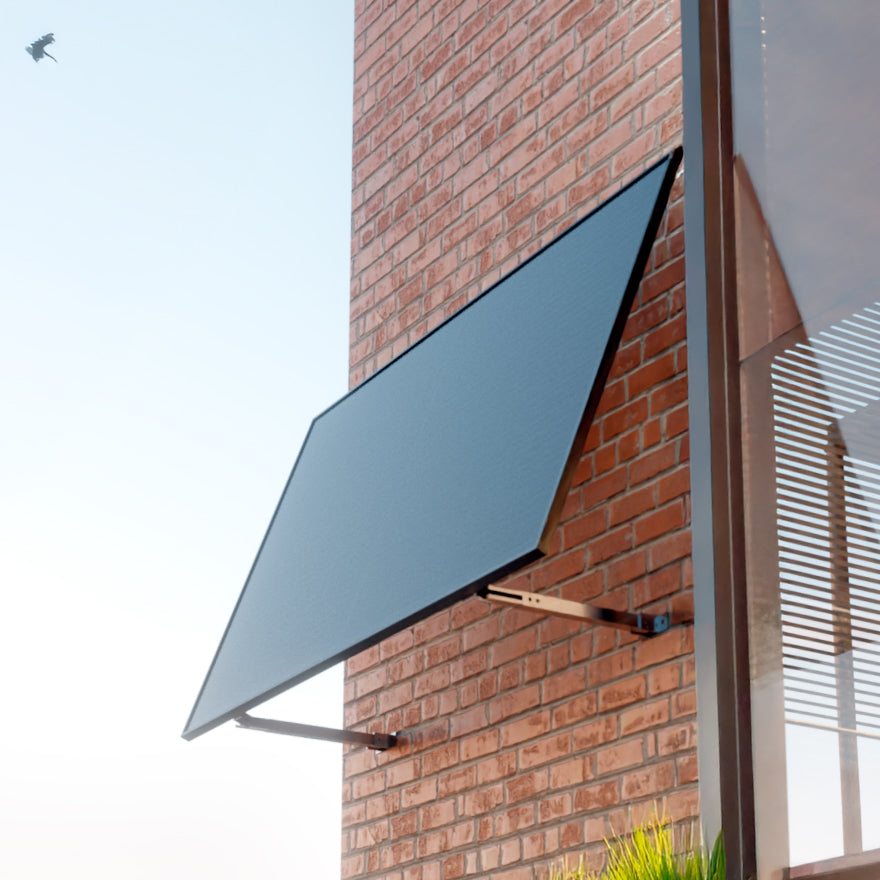
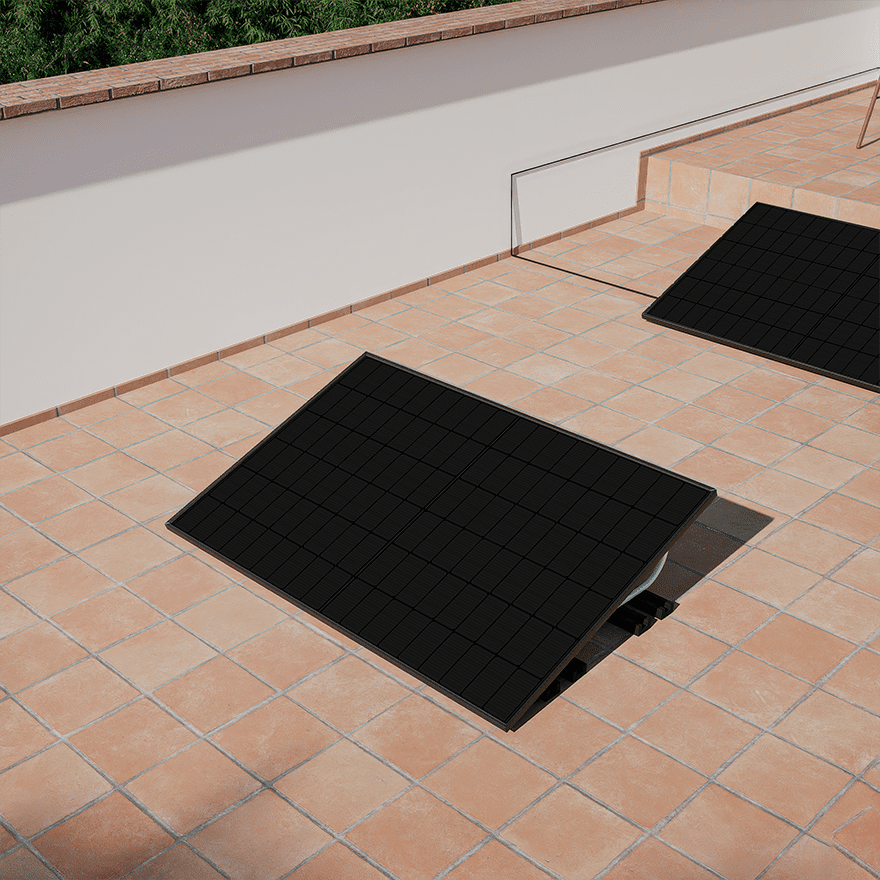
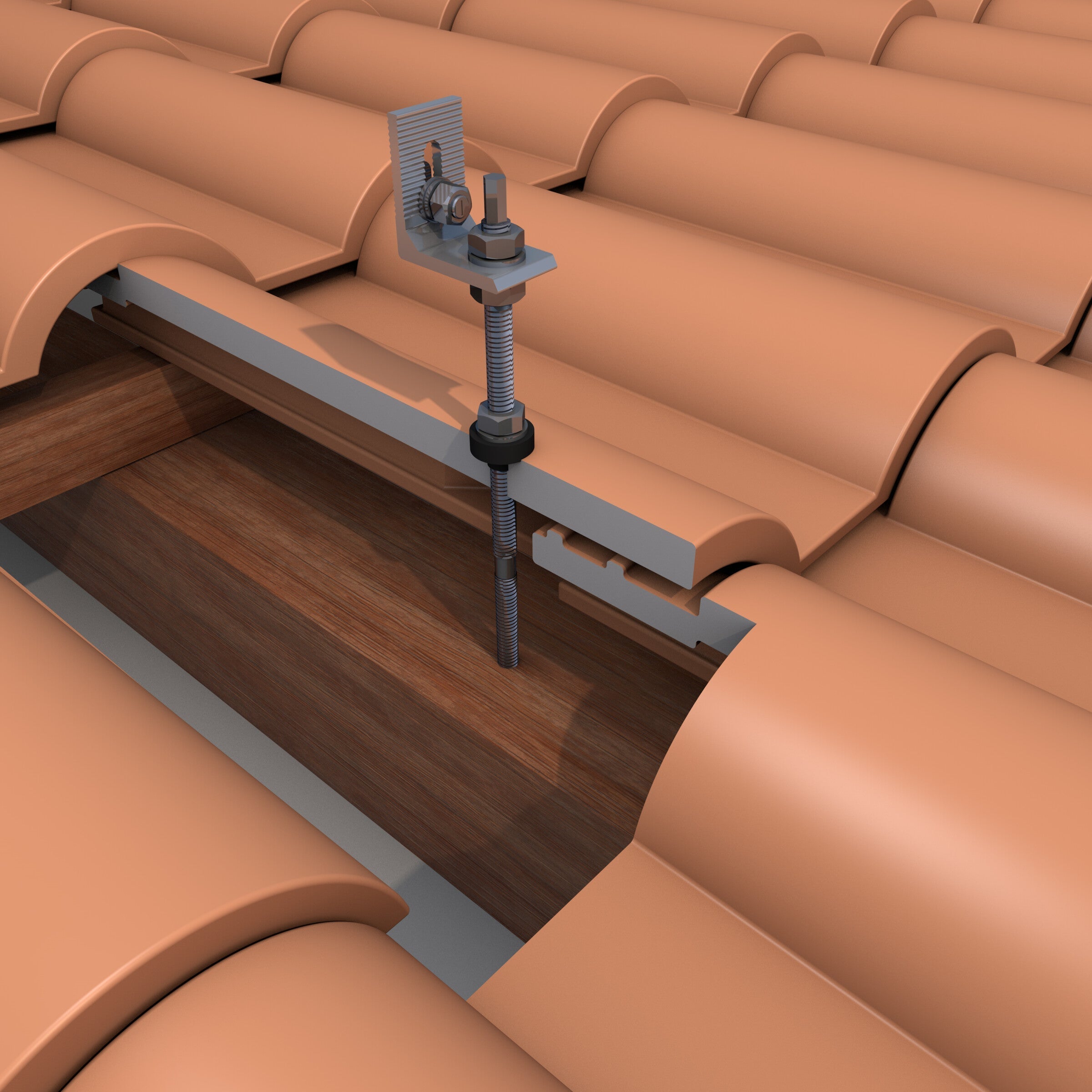
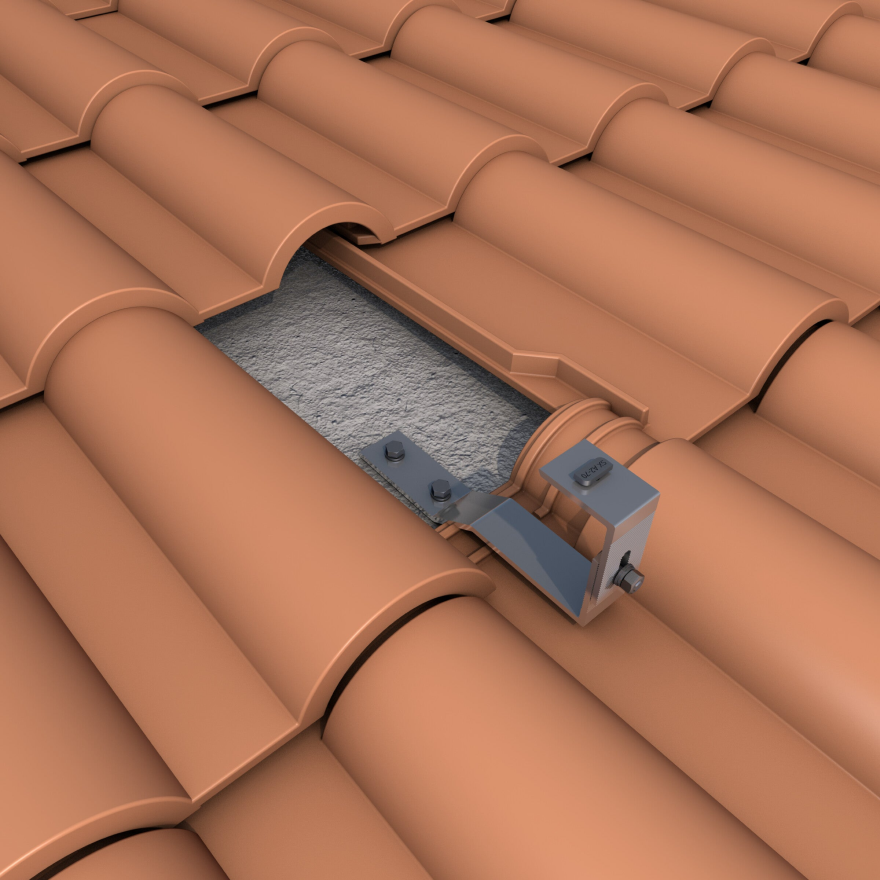
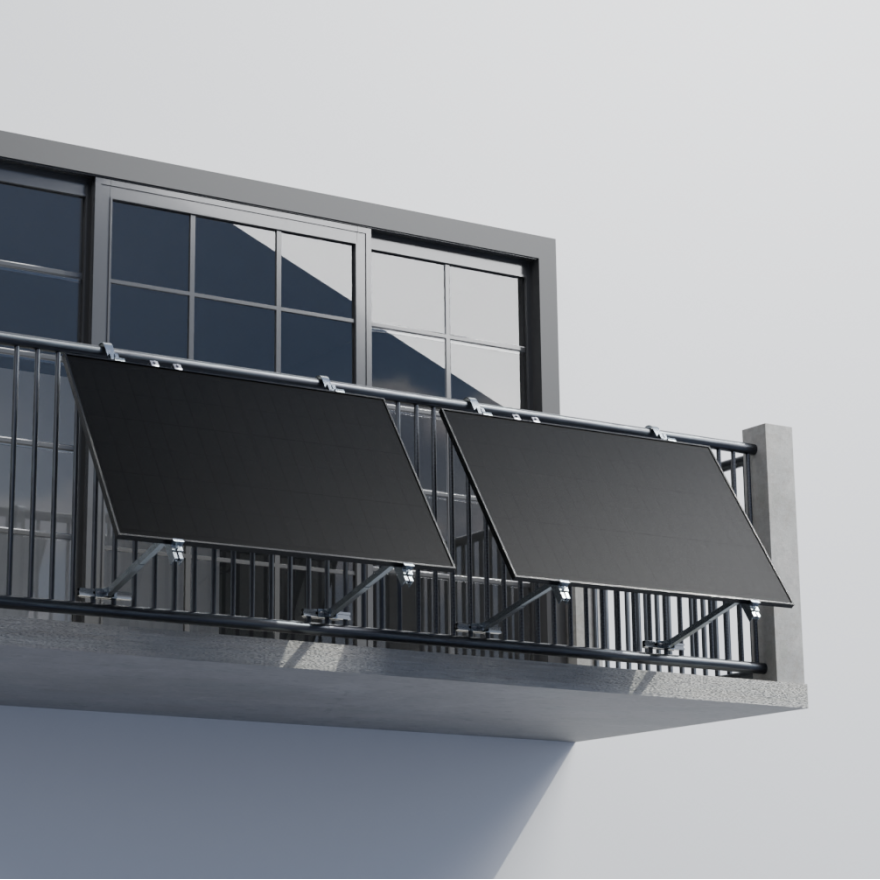
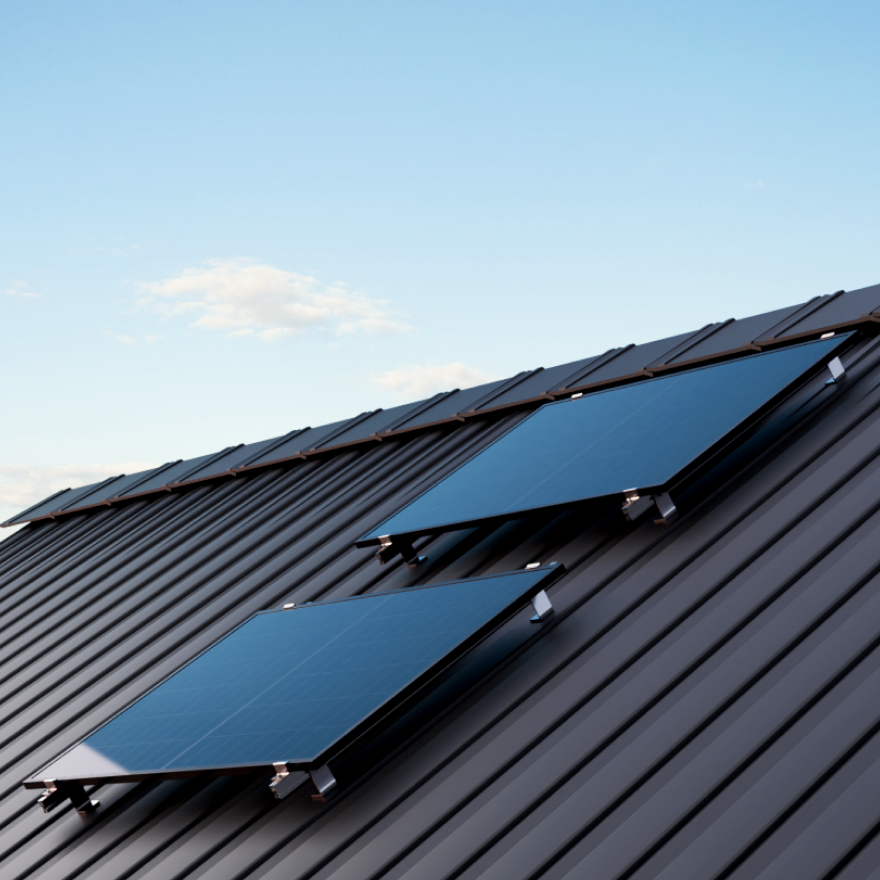
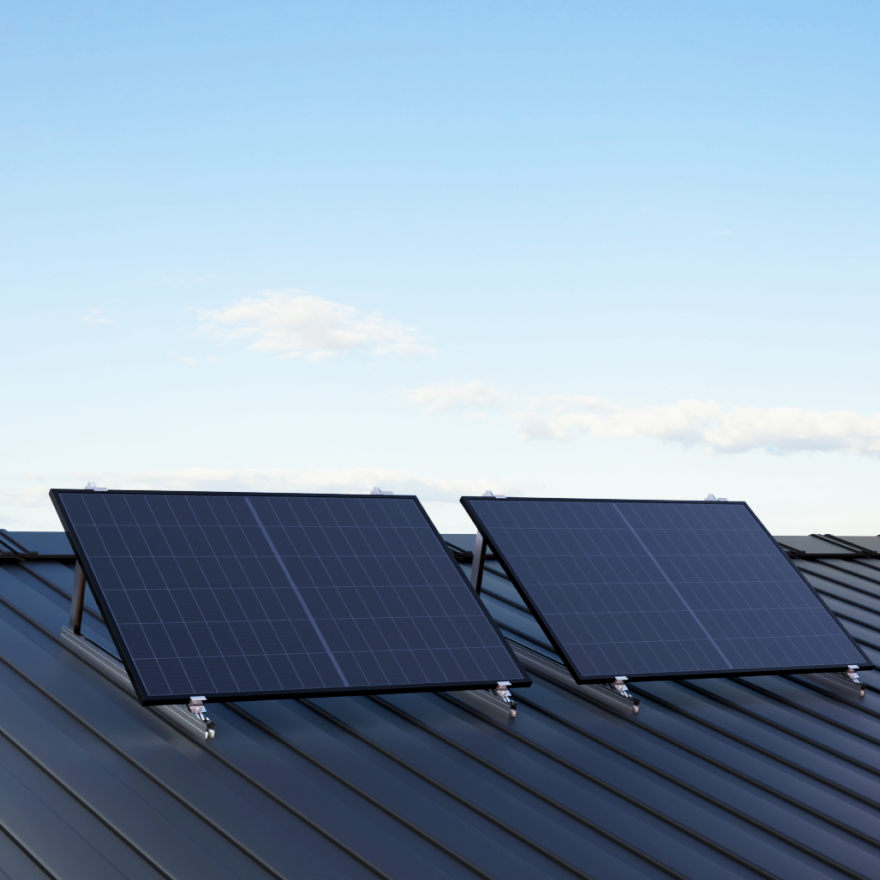
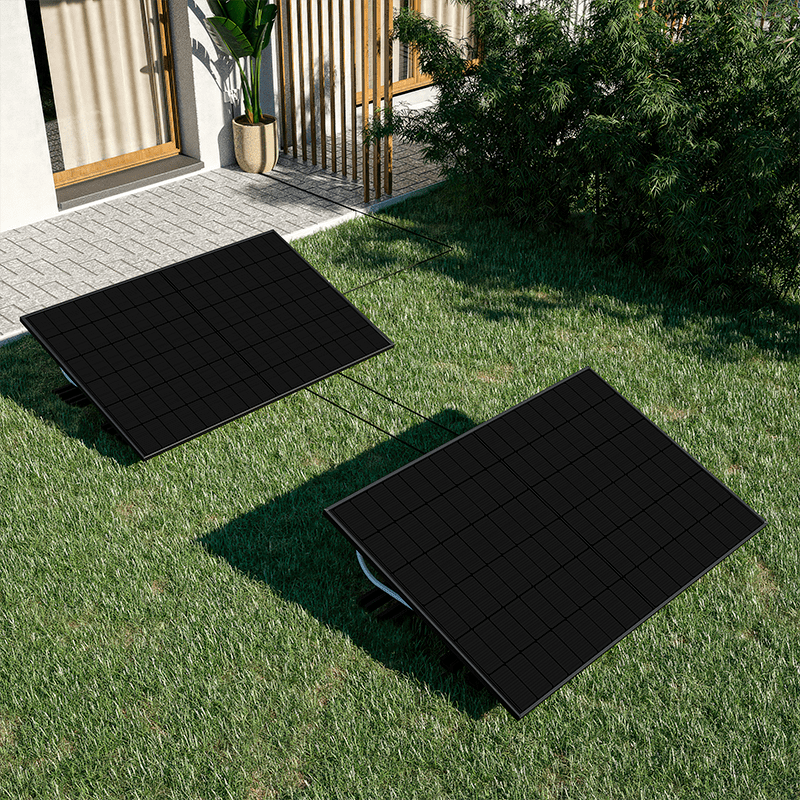
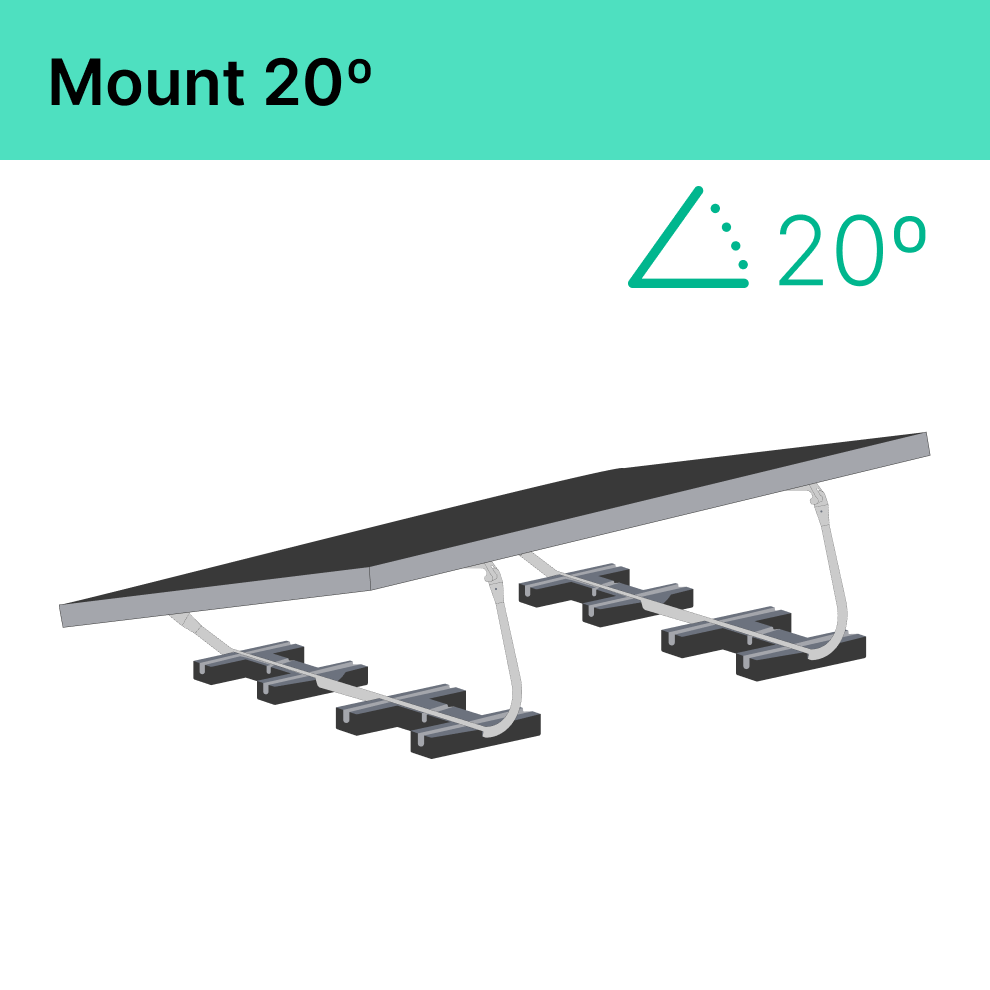
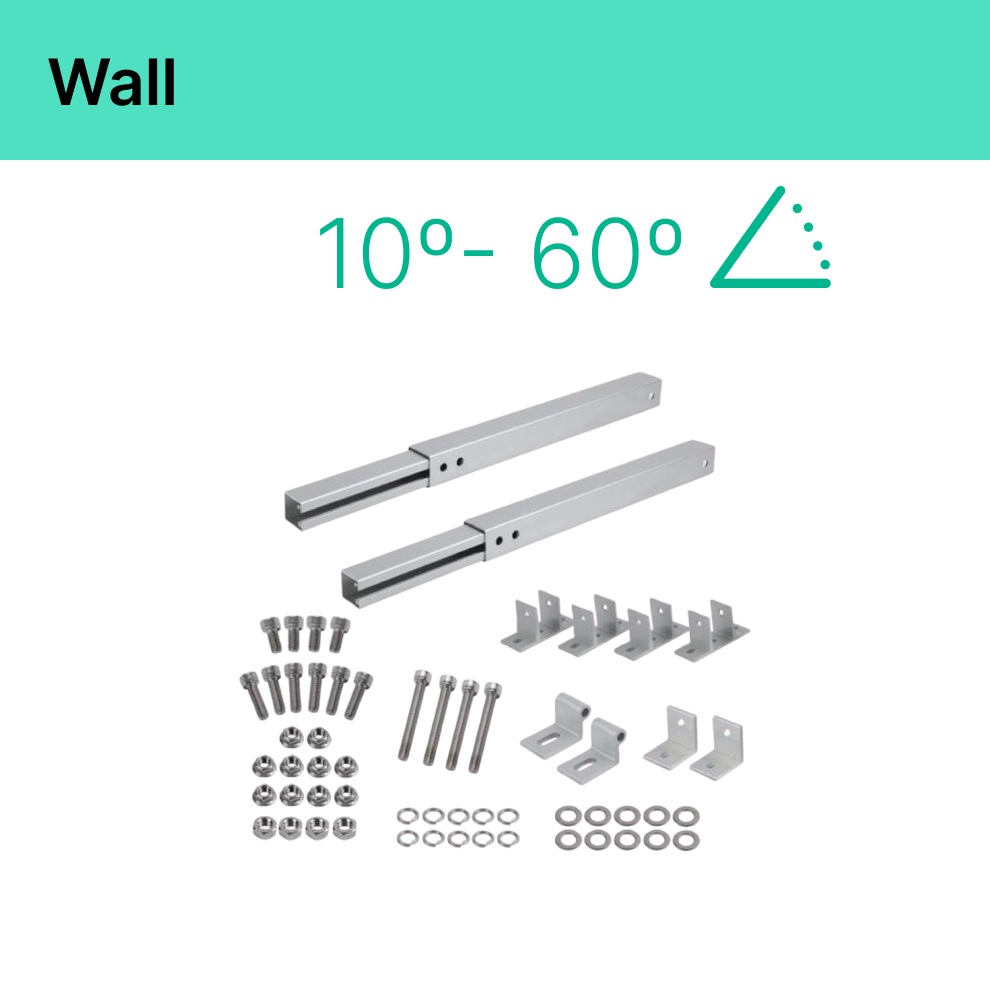
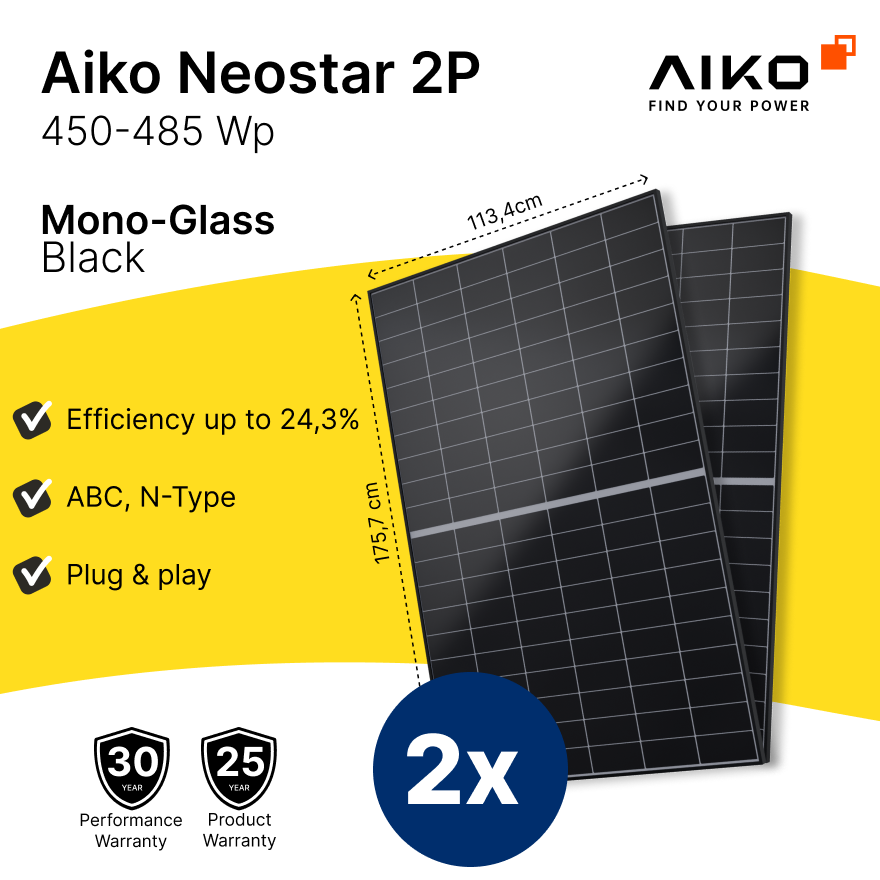
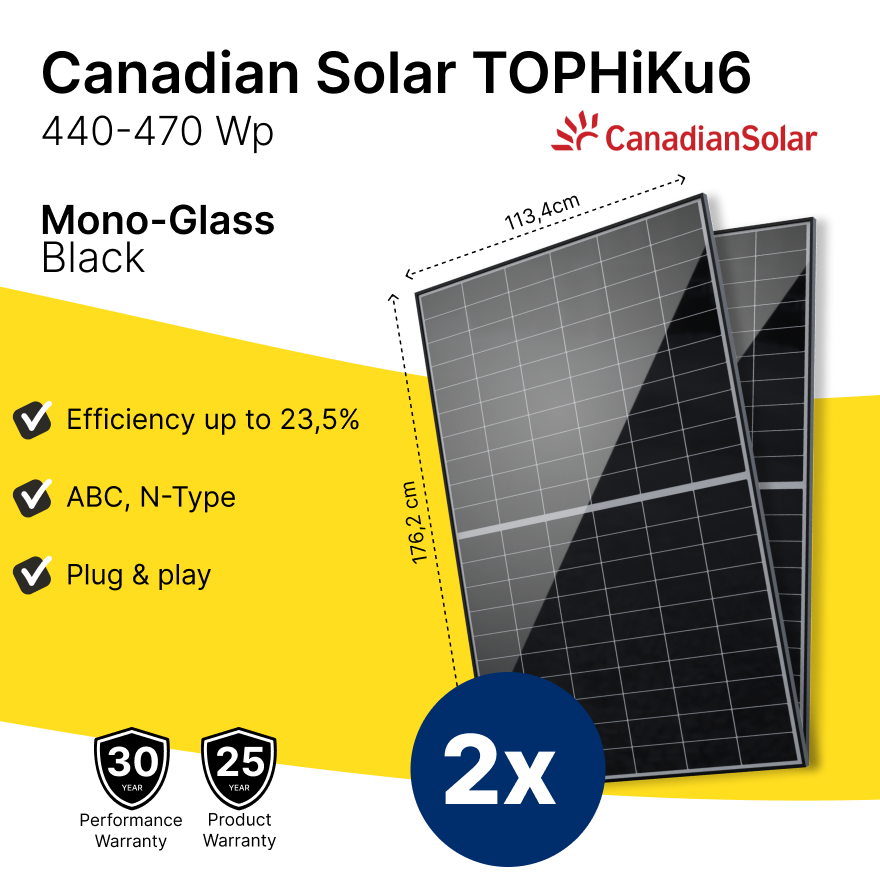
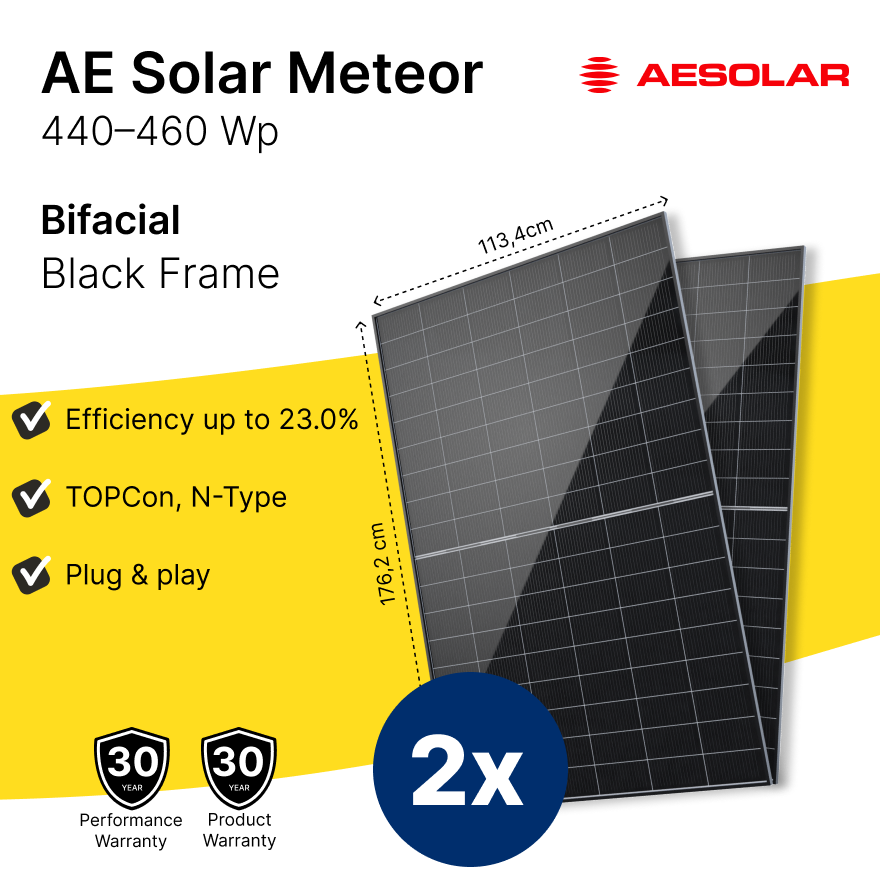
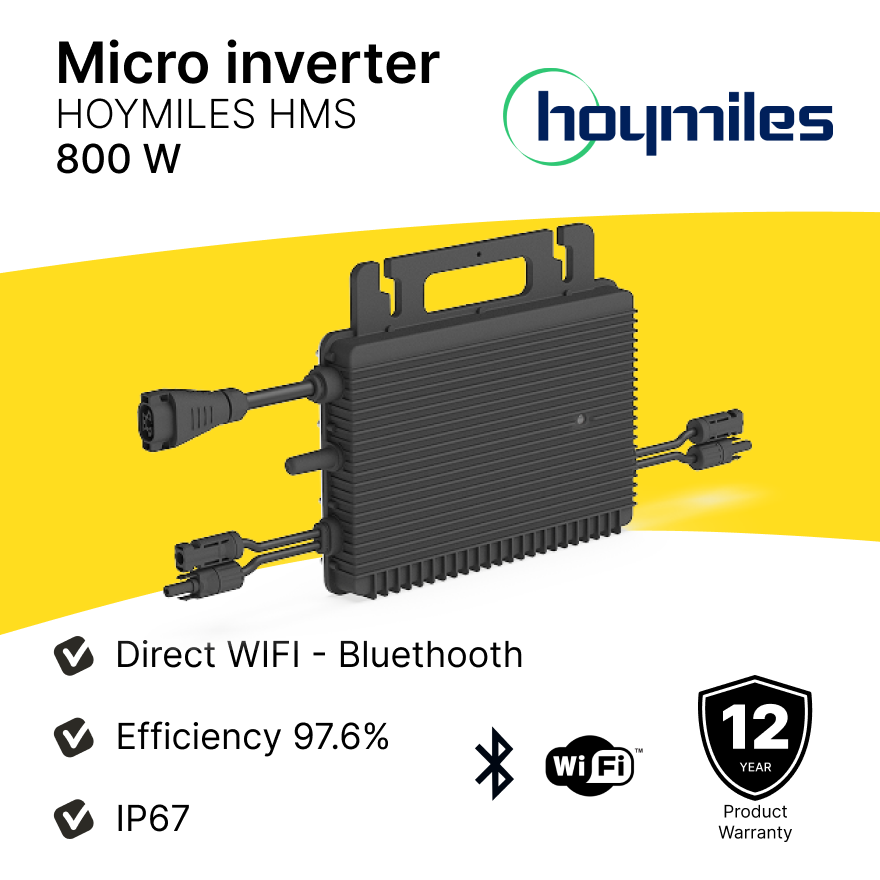
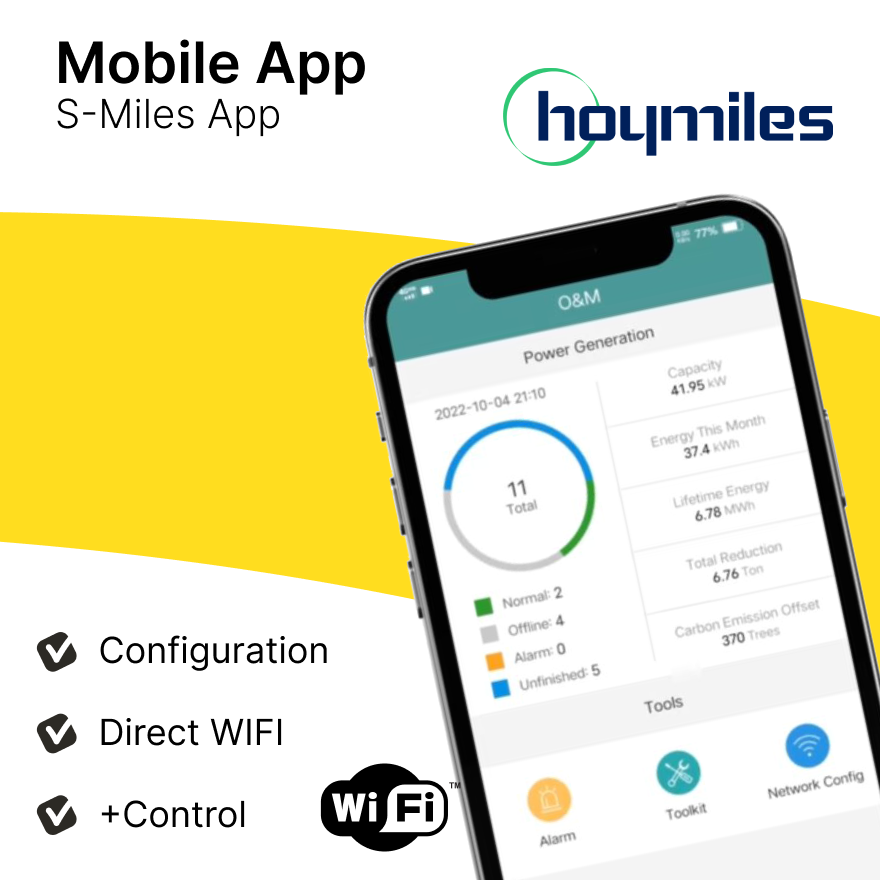
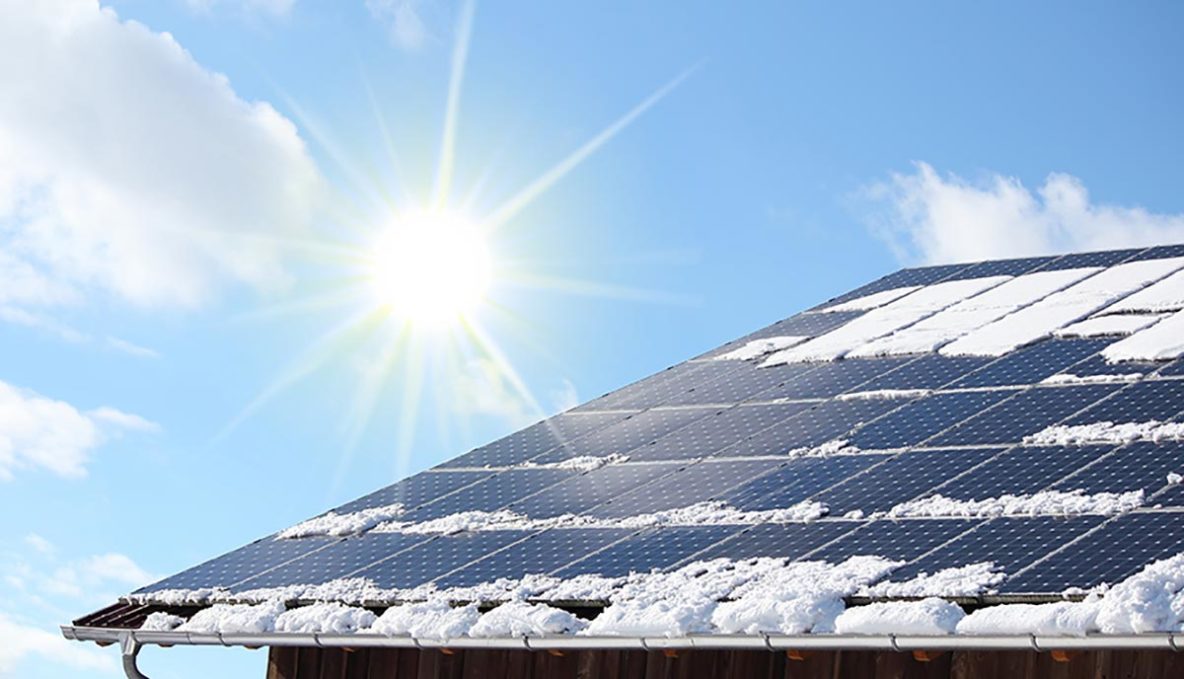

2 commentaires
Hola Alberto,
gracias por tu comentario, excelente pregunta. Si en algún momento produces más de lo que todo tu hogar consuma, viertes esta energía que sobra (llamada excedente) a la red eléctrica. Puedes certificar tu kit, obteniendo un CIE (certificado de instalación eléctrica), con el cual tu compañía eléctrica te compensa para este excedente. Sin CIE regalas tu excedente.
Pero no hay peligro para tu casa. Los kits son “plug & play” (enchufa y listo) porque respetan el límite de 800 W que marca el reglamento de baja tensión (REBT) español. Por debajo de este límite no hay peligro.
Anonymous
He leído mucho sobre el tema. Y me parece genial. Pero tengo una duda y nadie de los q conozco me la han sabido responder. Alguna gente también me ha dicho q puedo quemar mi instalación eléctrica o q mi compañías electrica me puede sancionar por poner estos sistemas plug and play en mi casa. La pregunta es sencilla y clara. QUE PASA EN MI CASA O QUE PROBLEMAS PUEDO LLEGAR A TENER SI GENERO MAS CANTIDAD DE ENERGIA DE LA Q ESTOY CONSUMIENDO EN UN MOMENTO CONCRETO Y PUNTUAL DEL DIA.
Alberto
Laisser un commentaire
Ce site est protégé par hCaptcha, et la Politique de confidentialité et les Conditions de service de hCaptcha s’appliquent.